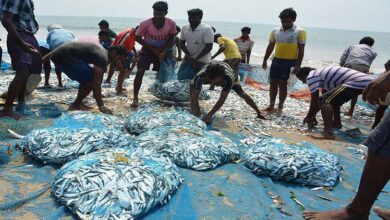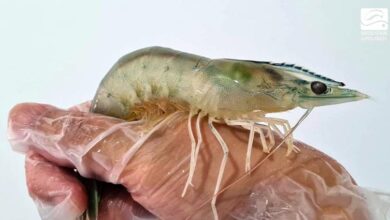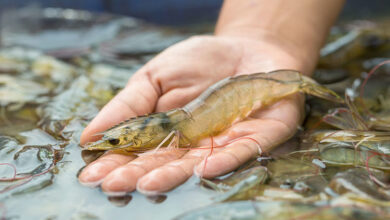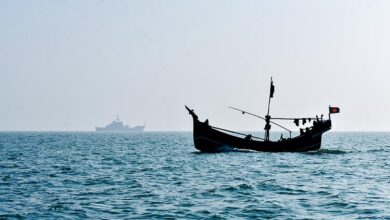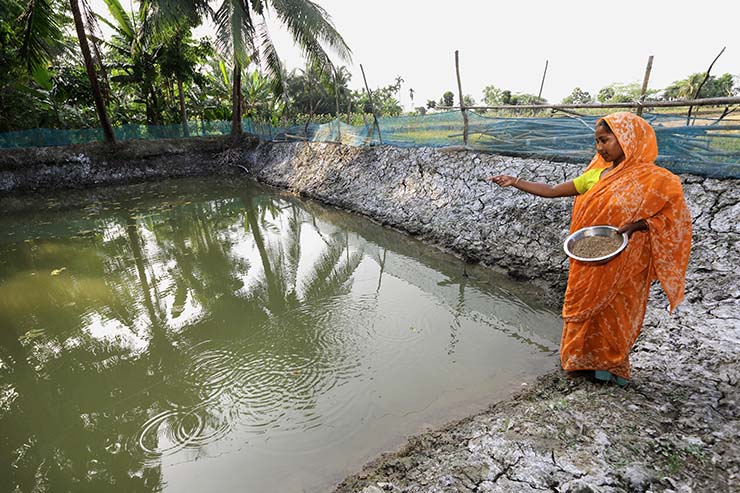
Polyculture system:
The best way to describe polyculture is as the simultaneous cultivation of multiple crop species on the same plot and same time. Adopting polyculture is an attempt to replicate the diversity present in natural ecosystems. In a specific aquaculture setting, it refers to the production system of two or more fish species.
Potentiality of shrimp polyculture:
White fish polyculture combined with shrimp polyculture offers Bangladesh’s economy a lot of promise. Currently, shrimp farmers in the nation’s coastal regions employ shrimp polyculture technology to the greatest extent. Shrimp-fish polyculture is thought to be a technique that can reduce shrimp infections and address environmental pollution. This has the potential to support the aquaculture sector’s sustainable growth in prawn farming.
The majority of Bangladesh’s coastal aquaculture is made up of shrimp and prawn farming in ghers. “Ghers” are elevated dykes on low-lying rice fields that are modified for the seasonal production of fish, prawns and other aquatic items. Shrimp or prawn fries are added to water that has been submerged and logged for an extended period of time in a gher farming technique. The maturation and commercial size of prawns and prawns takes three to six months. Aquaculture species’ productivity can be increased by prawn polyculture without negatively impacting the current environmental conditions. This will raise the pace at which the harvested organisms convert nutrients into energy and increase the overall biomass production and water quality. It will also establish a dynamic bacterial community structure.
However, unplanned shrimp cultivation sometimes diversely affects the soil and agriculture yields, ecology, biodiversity and sustainability of agriculture in the coastal regions of Bangladesh. The extra salt that is added to the field increases the level of soil salinity. Therefore, this saline water degrades the soil quality of fresh lands that adversely affect the local vegetation, plants and trees, crops, fishes, livestock, environment, ecology, and population health and disease patterns. In low-saline coastal areas, shrimp polyculture with other species can be used to reduce the problems currently associated with shrimp farming in Bangladesh. This is because species diversity can reduce the impact of discharged effluent and absorb the majority of wastes generated from shrimp monoculture. Low salinity prawn polyculture helps prevent diseases brought on by Ich (Cryptocaryon irritans), external nematodes, and most ectoparasites and protozoa parasites that cannot survive at low salinity for an extended period of time, but it can also lead to an increase in a variety of other parasites and diseases.
A promising tactic for the long-term growth of prawn aquaculture is shrimp-fish polyculture. It may lead to higher animal yields, faster rate of nutrient conversion, and ultimately better water quality. It may also help avoid diseases that affect prawns. When combined, shrimp-fish polyculture can lessen its negative effects on the environment and improve public perception of the aquaculture sector.
Farhana Islam
Agriculturist, Researcher
Fisheries Resource Management, CVASU

